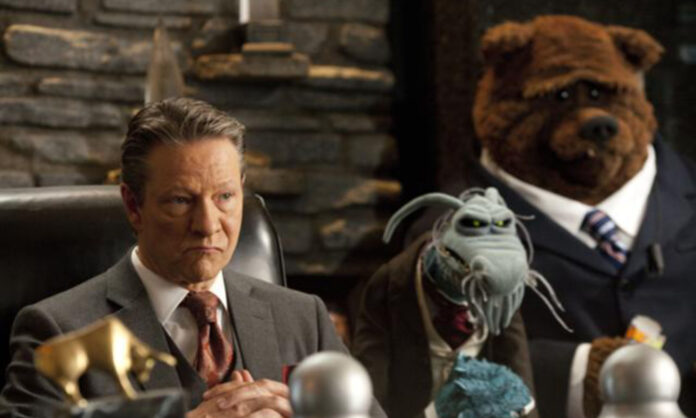In a post on Writer Unboxed, Jillian Forsberg offers tips for turning a cartoon-character villain into a believable threat. “Relatable antagonists are some of the most difficult to write in fiction, particularly historical fiction, where in our mind’s eye, we see cloak-draped villains as an easy out,” Forsberg writes. But that isn’t the stuff of good writing.
When she was struggling with how to add depth to villains in her novel, Forsberg turned to a pair of films that couldn’t seem more unalike: Gangs of New York and Footloose.
“Both of those movies feature ‘bad guys’ with something in common and unmistakably human: Lots of other characters do not consider them bad,” Forsberg explains. “Quite the opposite, actually.” In Gangs of New York, William “The Butcher” Cutting is a hero to people who share his anti-immigrant views. In Footloose, Reverend Moore’s morality crusade is supported by the town. “As a fiction writer, watching those two performances cued me on a big missing piece: If you flip the story, the villain could easily be the protagonist,” Forsberg says.
Next, she looked at her own life to find examples of times when she might have been considered the villain. “It’s much easier to write a villain whose only job in life is to torture the main character, ruin a life, say the worst thing possible,” Forsberg writes. “But if you’ve ever been considered a villain yourself, then there’s that nagging pull in the back of your mind that says, Hang on. I’m still someone’s favorite person, aren’t I?” You probably are, and so is your villain.
“When you’re writing, you must soften their edges, make them relatable, find their delicate, shimmering humanity,” Forsberg advises. “The antagonists you write should feel the same ache you have when someone says (literally or otherwise) that they dislike you.” Your villains actions may be unavoidable, misunderstood, or misinterpreted. And while you’re at it, don’t forget that your heroes have flaws, make mistakes, and can be considered the villain by someone in your novel. “Imagine what your book would be like if the antagonist were the hero, and allow your readers to draw deeper into those conflicting moments when they’re not exactly sure who they should be rooting for,” Forsberg writes.












